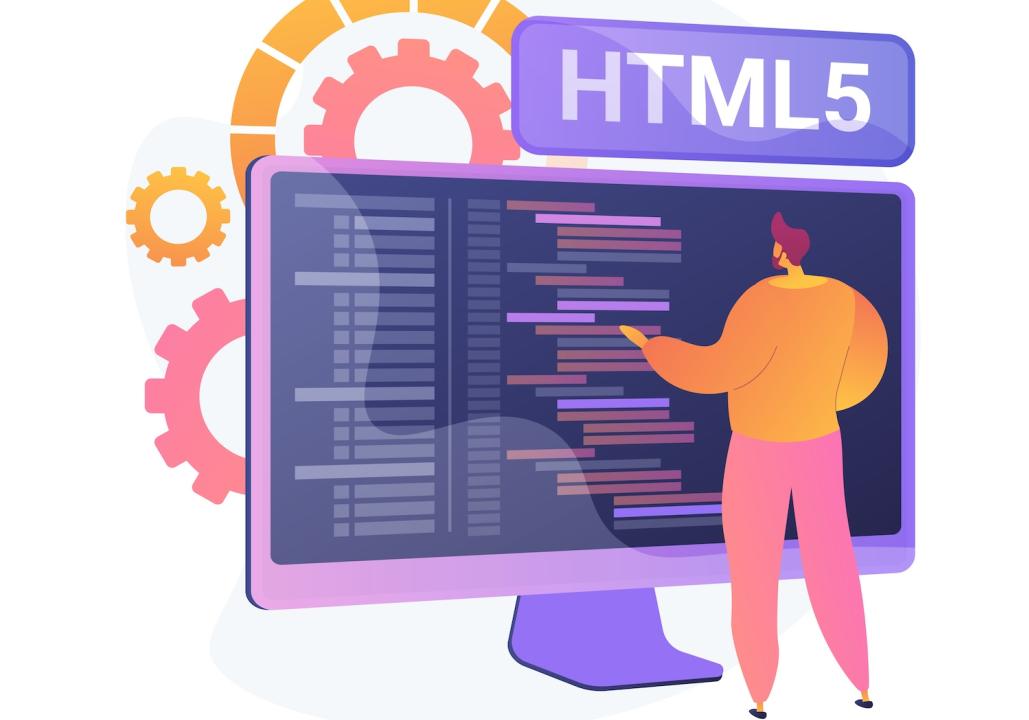When creating a website, there’s a lot of focus on the visible parts of a page—content, images, layout. However, what’s often overlooked is what happens behind the scenes in the HTML structure, particularly in the section known as the "head." This part of your HTML document is crucial for how search engines perceive your website, influencing everything from search rankings to how your site appears in search results.
What Is the HTML Head Section?
The head section of an HTML document is like the control room of your website. It doesn’t display anything directly on the page but contains information that helps browsers and search engines understand what your site is about. This section is positioned at the top of your HTML document, before the main content begins.
Key Elements of the Head Section
Several important tags are housed within the head section, each serving a specific purpose that can impact your site's SEO and usability.
Title Tag
The title tag defines the title of your webpage. This title is what users see on the browser tab when they visit your site, and it also appears as the clickable headline in search engine results. A well-crafted title tag is essential for SEO, as it tells search engines what the page is about, helping them match your content with relevant search queries.
Meta Description Tag
The meta description is a brief summary of your webpage’s content. While it doesn't directly influence your search ranking, it does appear in search results beneath your title, playing a key role in whether users decide to click through to your site. A clear, compelling meta description can significantly boost your click-through rate.
Charset Declaration
This tag specifies the character encoding for your webpage, ensuring that your content displays correctly across different devices and browsers. Although it doesn’t impact SEO directly, it’s vital for maintaining a consistent user experience, which is an important factor for search engines.
Link to Stylesheets
n the head section, you can link to external >
Viewport Settings
This tag is essential for making your site responsive, meaning it adapts to different screen sizes, such as those of mobile devices. With more people browsing the web on their phones, search engines prioritize mobile-friendly sites. Properly setting up your viewport ensures your site is accessible and user-friendly, which can positively impact your search rankings.
Robots Instructions
Through specific instructions, you can guide search engines on how to interact with your webpage—whether they should index the page, follow the links, or skip over certain sections. Managing these instructions correctly helps ensure that only your most valuable content is considered by search engines, improving your overall SEO performance.
Why the Head Section Matters
The tags within the head section serve as signals to search engines, helping them understand what your website is about, how it should be displayed, and how users should interact with it. Properly optimizing these tags can lead to better search engine rankings, more accurate representations of your site in search results, and ultimately, a more engaging user experience.
While the head section of an HTML document may not be visible to your site’s visitors, it plays a critical role in determining how your website is perceived by search engines and users alike. By paying attention to the key elements within this section, you can optimize your site’s performance, visibility, and user experience, setting a strong foundation for your website’s success.















